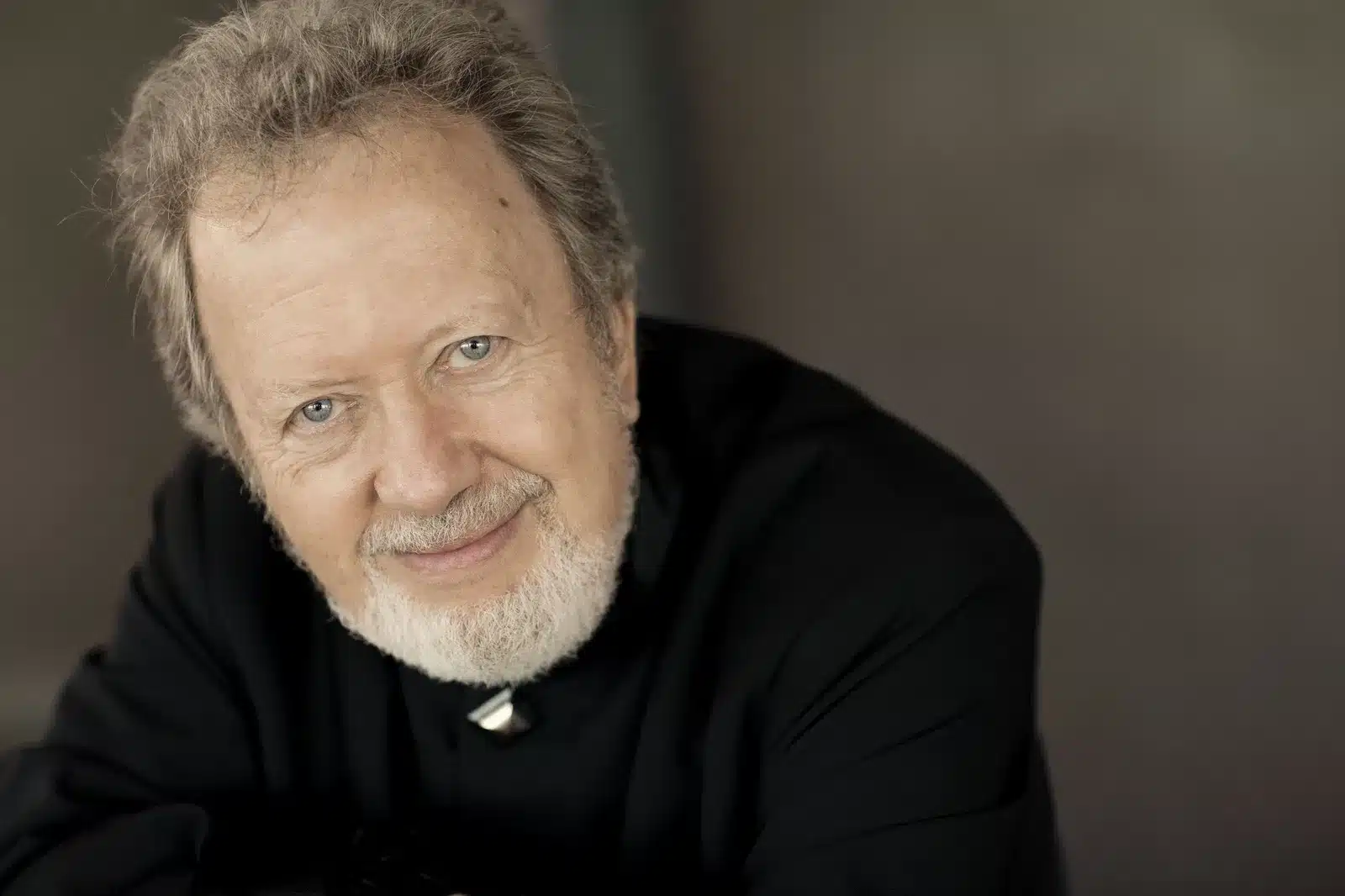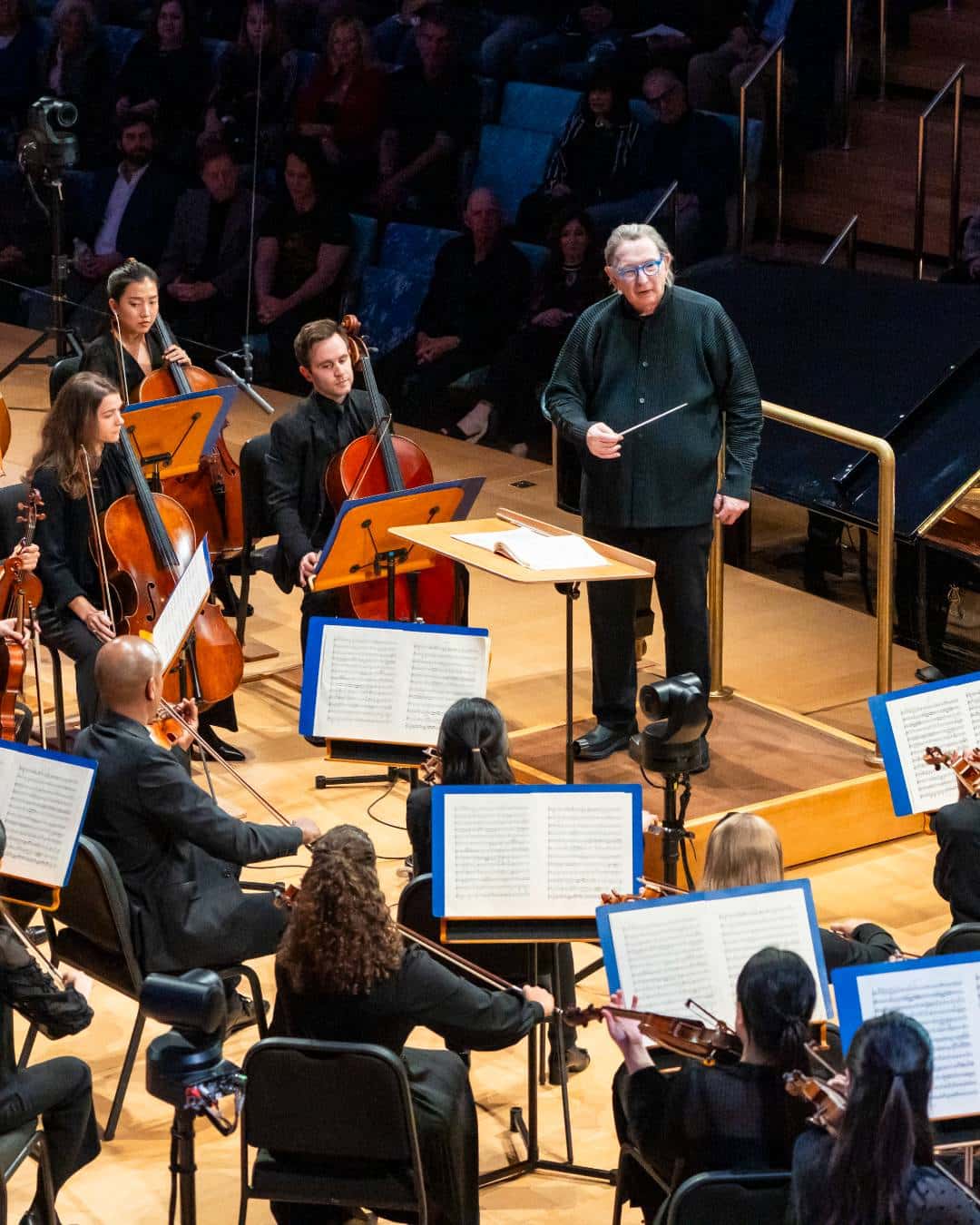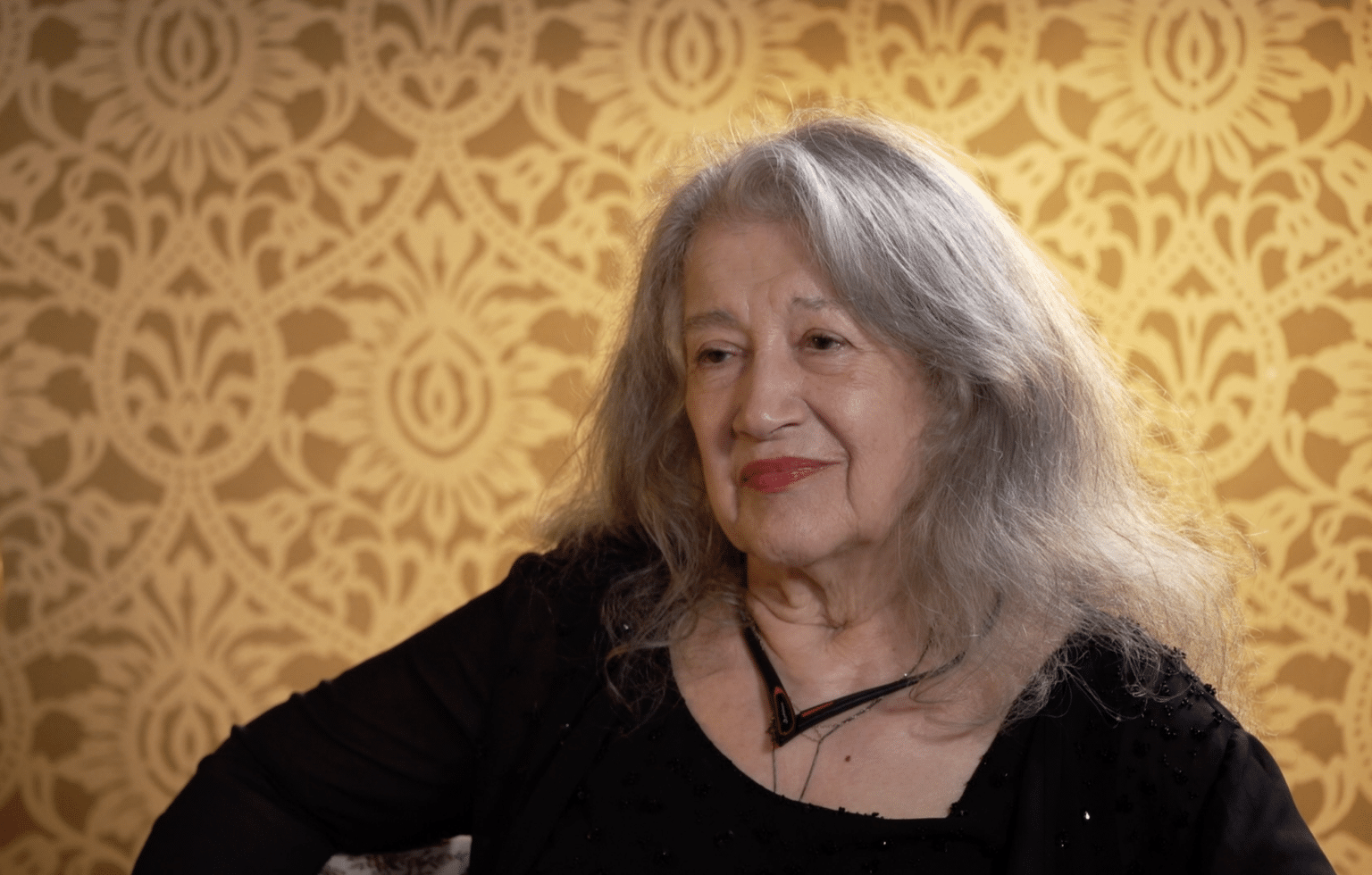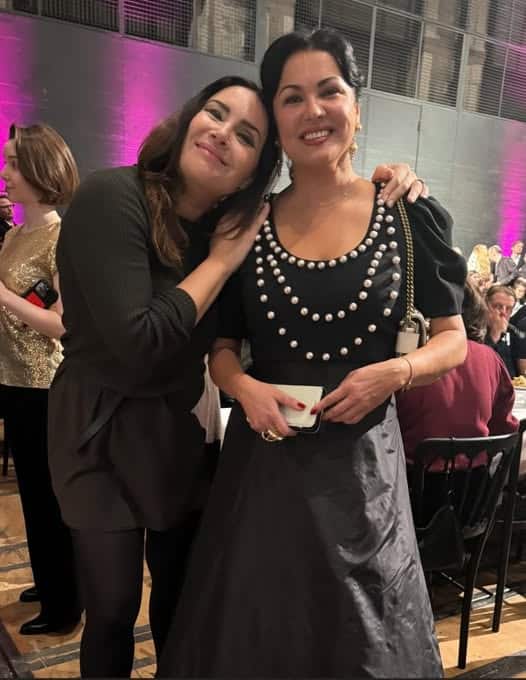Ruth Leon recommends…. How Claude Monet Transformed French Painting
Ruth Leon recommendsHow Claude Monet Transformed French Painting
Today would have been the 184th birthday of Claude Monet except that he died in 1926 at the age of 86.
He led the way to twentieth-century Modernism by developing a unique style that strove to capture on canvas the very act of perceiving nature. He learned to paint what he saw, not what he could recreate later in the studio, and some of his works even have traces of sand from the beaches where he worked.
In 1873 his painting, Impression, Sunrise, was displayed at an independent exhibition put on by Monet and his friends, Renoir, Sisley, Degas, Manet, Pisarro and others. This painting drew particular scorn for the unfinished appearance of its loose handling and indistinct forms. Yet the artists saw the criticism as a badge of honour, and subsequently called themselves ‘Impressionists’ after the painting’s title’
Within this group, Impressionism was born, an “impression” of how a landscape, thing, or person appeared to them at a certain moment in time. This often meant using much lighter and looser brushwork than painters had up until that point, and painting out of doors.
Impressionism, broadly viewed, was a celebration of the pleasures of middle-class life; indeed Monet’s subject matter often involved domestic scenes featuring his family and garden. His homes and gardens became gathering places for friends, including Manet and Renoir, who often painted alongside him at Giverny.
Most of us know the work he painted late in his life. In the 1910s and 1920s, Monet focused almost exclusively on the picturesque water-lily pond that he created on his property at Giverny. His final series depicts the pond in a set of mural-sized canvases where abstract renderings of plant and water emerge from broad strokes of colour and intricately built-up textures. But there was so much more.
This biographical film gives a rounded picture of one of the greatest painters of the nineteenth or, for that matter, any century.






Comments